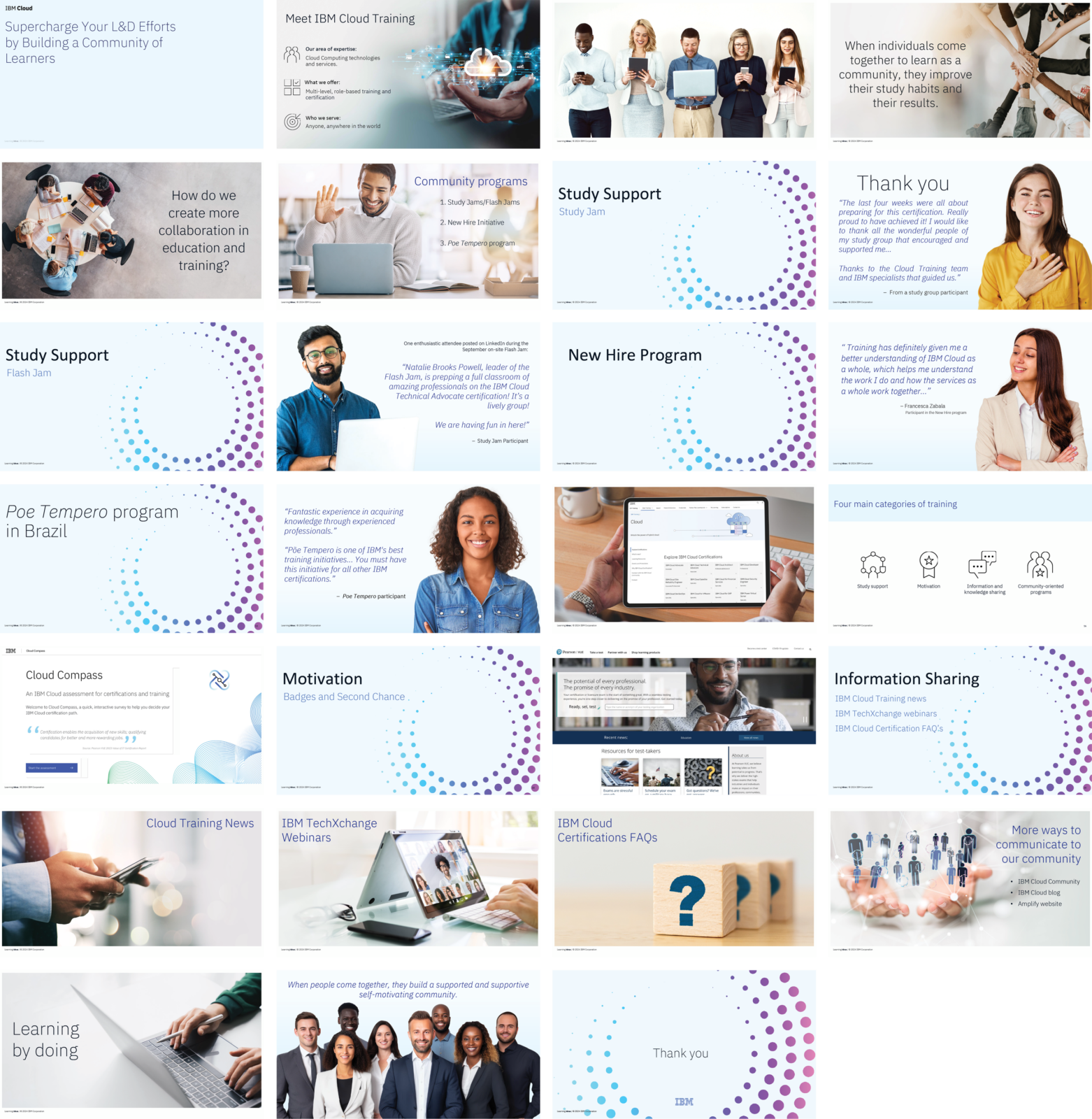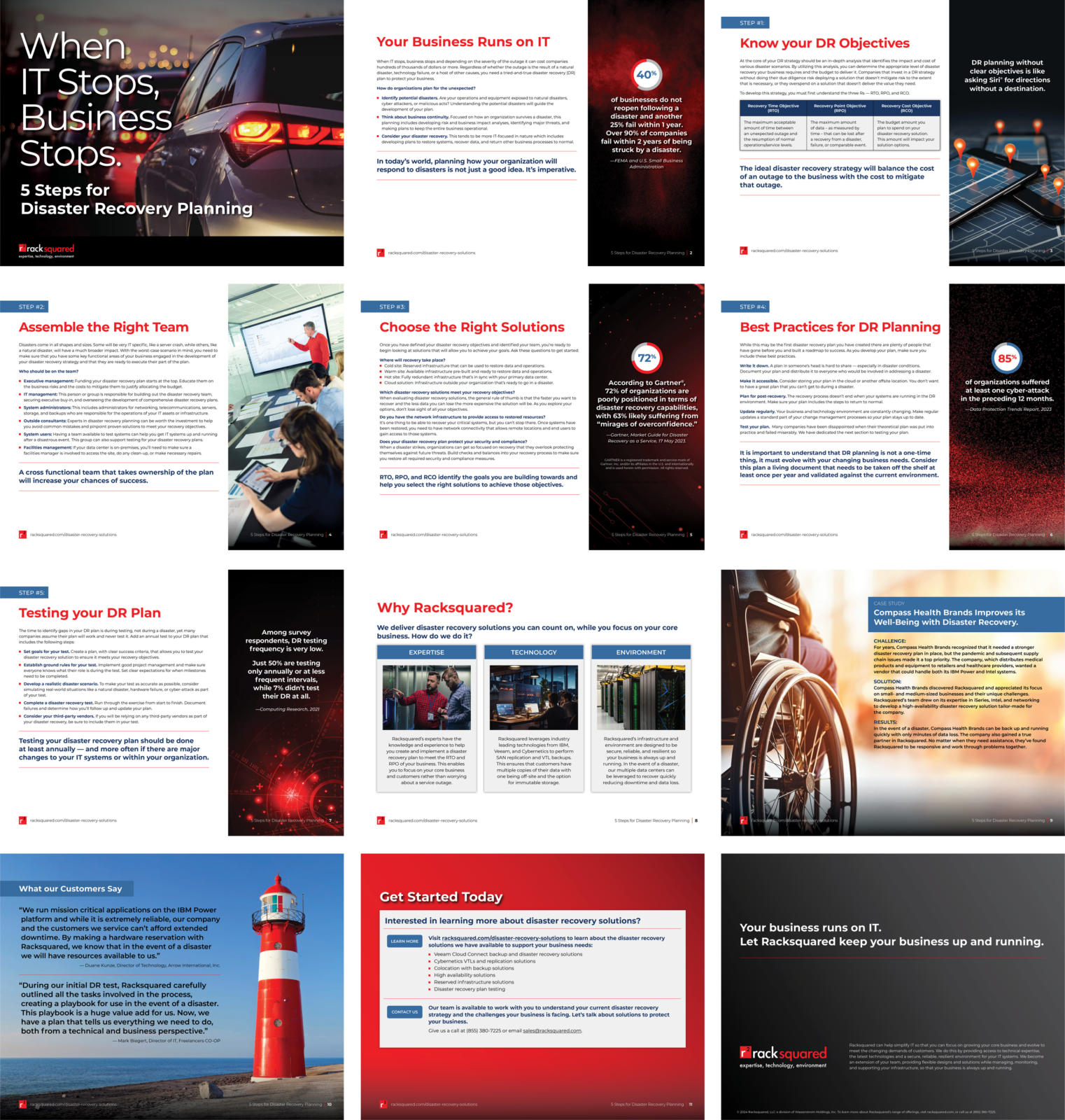Skip the hype—favor humanity
Some roadway signs have an irritating quality: they’re only useful to people already familiar with the road they mark. A turn-only lane appears suddenly—too late to safely get back in the forward-going lane. Or an ambiguous sign makes it hard to tell which way you need to exit, or how far you’ll need to detour around a construction area.
That same frustrating quality crops up frequently in descriptions of new technology. Writers sometime skip foundational information as if the reader or listener already knows it, generating confusion and frustration. (And by “new technology,” I really mean “new or improved.” Especially in complex environments full of multi-step processes, even incremental improvements can save time, money, and stress.) So step back, and consider your reader or listener’s perspective.
Look for the story
All technology—however loosely defined—has a reason for being. Whether it’s a waterborne trash disposal robot, a human-assisted, computer-mediated system for searching space for interesting anomalies, an app that helps pin down locations in the world, or a network appliance that vastly increases the capabilities of a corporate data network, everything that humans invent meets some need, even if that’s the simple human desire for novelty. Don’t forget to tell your audience what need the technology meets.
Inform sympathetically
The key to writing about technology? Remembering that the tech being described is relevant to actual people—even if they don’t know it yet. (And often, even if they need a gentle introduction to that technology’s domain.) Hint: the best marketing materials interest even people who don’t, or don’t yet, see themselves as in the market for a particular product.
For anyone communicating a new technology’s benefit, here are some thoughts—mostly in the form of questions—that may help you convey the right message. Clarity matters, whether you’re making a presentation to colleagues, pitching a sale, or writing a news article.
Familiarize yourself with the state of the art—and perhaps about the “bad old days,” too. For every advance, there’s a problem that it addresses or a gap that it fills. But that gap isn’t always obvious, and sometimes it’s woefully mis-estimated.
Understand the new approach. Sometimes that requires going deep into the weeds, but start with the widest angle you can, and (sometimes harder than it sounds) figure out just what the real topic is.
Speak plainly. Plain talk may mean spelling out acronyms, or briefly defining key terms. Most importantly, though, it means keeping practicalities and processes in mind. Whether you’re speaking to a CEO, sales manager, field rep, or programmer, better to risk over-explaining with simple, truthful descriptions than stretch to make every new thing into The Next Big Thing.
Put new technology in context (show your work!). Making technology compelling for business users calls for pragmatism, with real-world examples and dollar signs. But even if your main goal is simply to explain how something works, making relevant comparisons and providing concrete descriptions gives your reader or listener more of what they need to know.
I hope you find these tips useful; please watch for some expanded thoughts on each!




